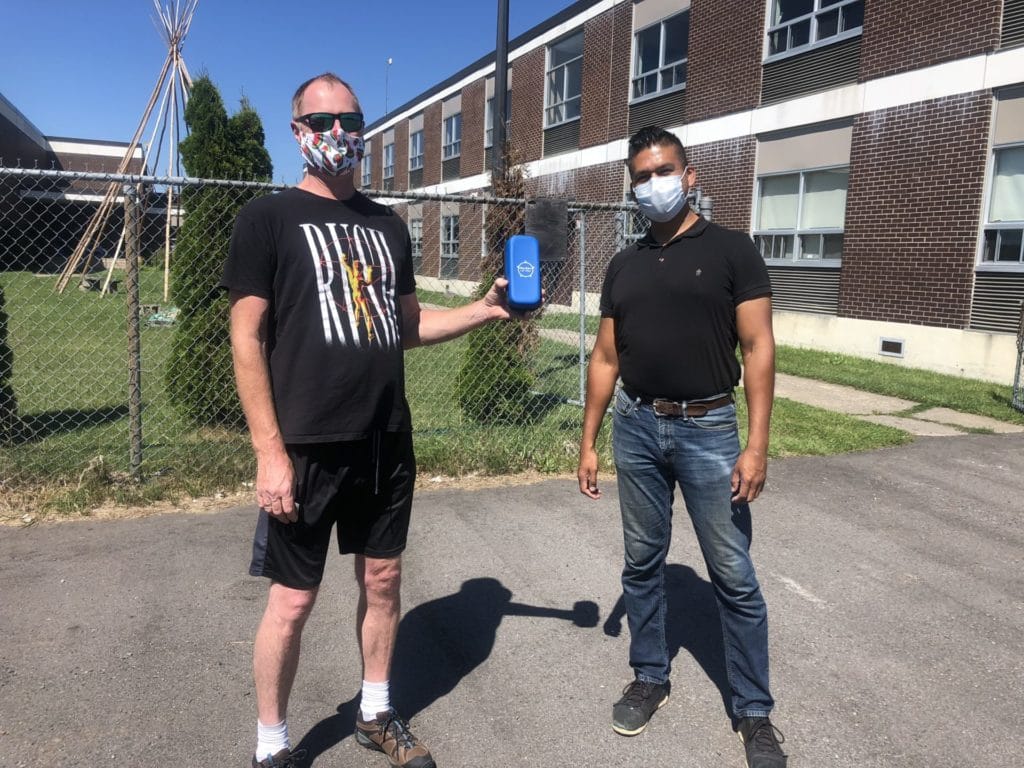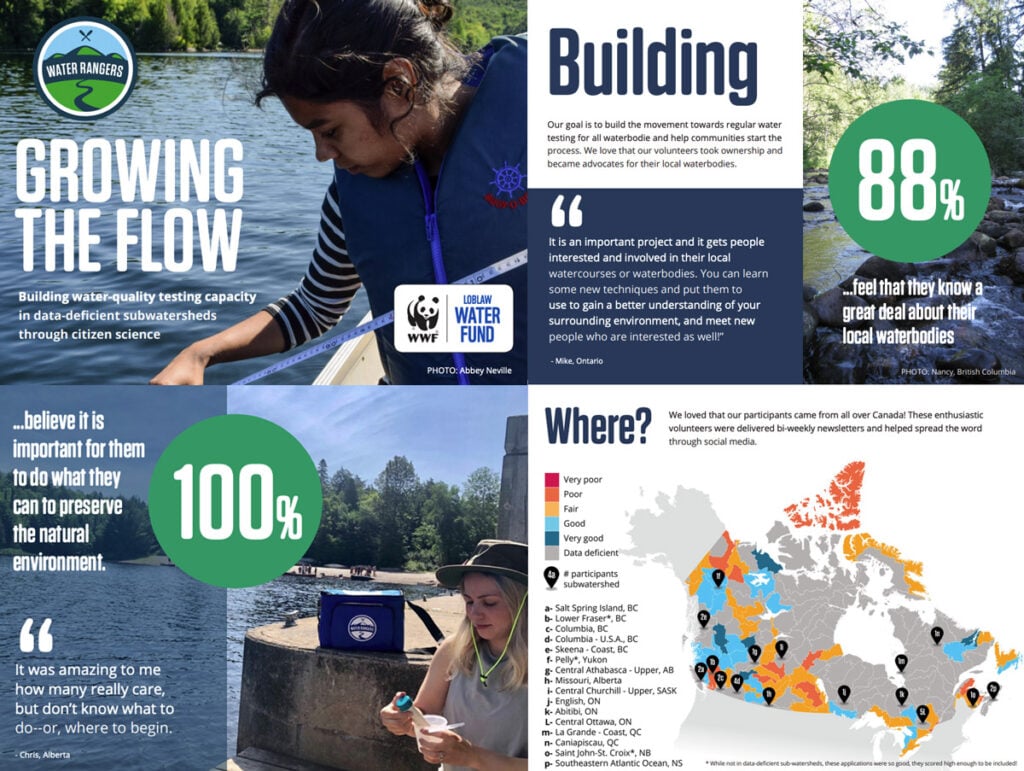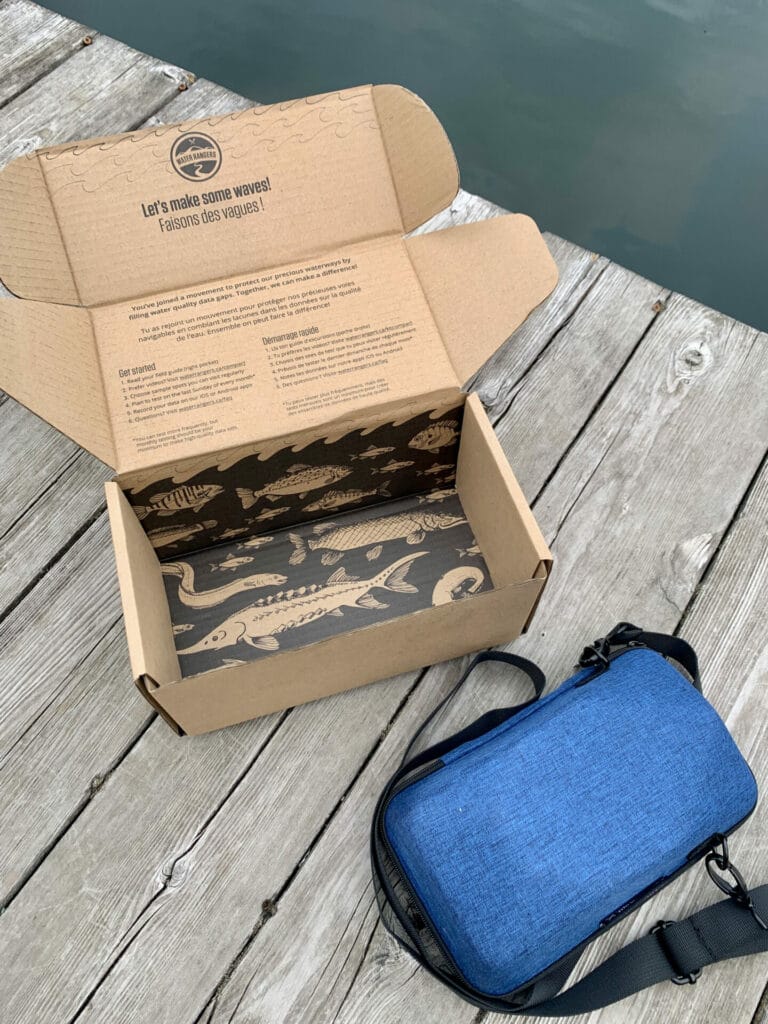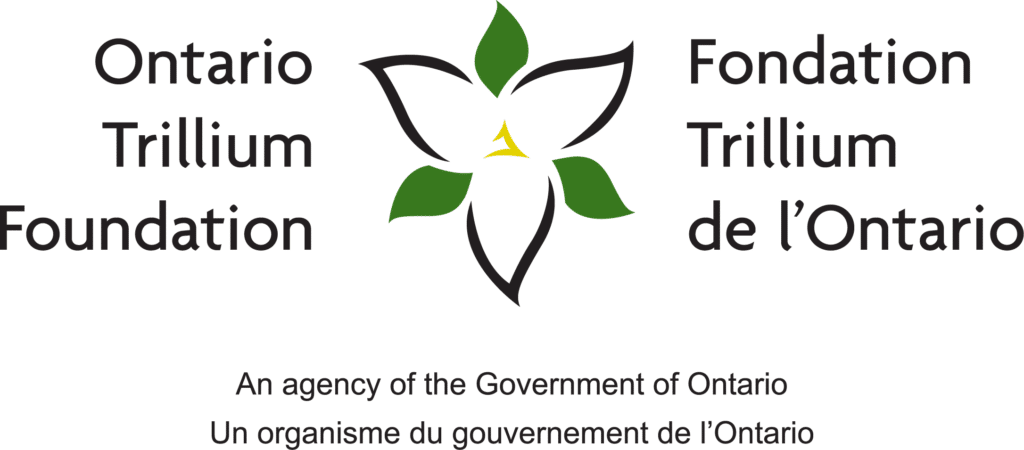2021: The year we became more resilient than ever.
Devastating wildfires. Droughts. Floods. Social unrest. All within a global pandemic. It’s been a roller coaster, no matter what type of organization you’re in. We’ve been tasked to both survive but also to do it all better, more justly, and faster, especially since the needs of freshwater are more pressing than ever.
In this article, I share some ideas that have helped us become more resilient in 2021. We got started with some of our ideas in December of last year, and with the help of the Ontario Trillium Foundation’s Resilience Grant, we’re building more adaptability and lowering our risk for our future survival. While I have a feeling this coming year is going to continue its rollercoaster, I’m glad we’re now standing on firm(er) foundation!
Growing, growing… and then crashing
In 2019, we grew by 20%. We started to build up a reserve. The future looked bright.
And then, well, you know what comes next. The pandemic hit us hard. By June of 2020, our year-to-date store sales were down 86%. We had to cancel our in-person programs. Our reserve was depleted. Our young team worried about how we’d stay afloat. Needless to say, it was a scary time.
Spoiler alert: we survived. As we clawed our way back to a zone of relative comfort, though, we realized that going forward, planning for catastrophe would have to be part of the plan. There’s no way to run an organization that minimizes risk completely, but as we aim to be sustainable in the long-term, there are things we can do to lessen it considerably. Here are a few of the lessons we’ve learned about becoming more resilient!

Top things we’ve learned (so far) about becoming financially resilient
- Explore different revenue models. Business? Charity? There’s no right answer on which model would be best for you and your organization. However, exploring your options can pay off. Take for example the new emerging hybrid social enterprise. Being a social enterprise has helped us not only survive, but even grow in challenging times.
- Running a traditional non-profit, funded only by grants, is not sustainable for us. If a few grants don’t come in, or the ones that get don’t allow for costs like overheads (insurance, website costs, accounting, office, leadership), it becomes impossible to function.
- Run lean. When the pandemic hit and our sales tanked, we were lucky enough to have low monthly expenses. As you build up your organization, ensure there’s a way to contract expenditures without affecting too much of the functioning of your organization. Know what you need to keep, and what you can let go of!
- Involve your team in the process of streamlining your offerings. Our team worked together to identify our strengths and weaknesses. As we came into 2021, we were all on the same page on what we needed to do and that unified understanding meant less resistance to the overhaul. In fact, every member of the team has been integral to making us more resilient as an organization. I have the best team in the world right now.
- Diversifying your income sources helps, but it takes time. We’re a social enterprise non-profit, which means a portion of our income comes from our testkit store. Within that, we try out different ways to generate income that still fits with our ethics to help more people get involved in water testing. Not every method works, though, and so you need to experiment with different ways (we’re doing that right now, thanks to Ontario Trillium Foundation!).
- Create opportunities for win-win partnerships. We want to help more groups run sustainable water monitoring programs. We apply for grants to support groups who can’t afford testkits and in areas that need resources the most. For all our partners, though, we’re also looking to help them fund their own programs. Our new Ambassador Program allows groups to promote our testkits to others and then we share the profits. That way, we get to extend our reach through groups who believe in what we’re doing, and groups get to help fund their own programs- helping them become more resilient, too!
- Take advantage of opportunities as they emerge. We were lucky enough to qualify for Canada’s business line of credit since we’re a social enterprise. Since non-profits usually aren’t able to get credit easily (for some reason businesses can get it so easily, but as soon as you’re a non-profit, it becomes so difficult!), we jumped on this opportunity to invest in inventory for our testkits. Our store is growing faster this year that we predicted, and it’s been a great investment in our future.
- Get a coach. Thanks to our OTF Resilience grant, we have regular meetings with our coach from Entremission. She helps us look at our revenue potential in different ways, gets us excited about our strengths, and gives us homework that helps us build momentum. Having an outside perspective has been so powerful for us as an organization to see the bigger picture. Watch this space for more innovation in becoming financially resilient!
- Share your impacts. Celebrate the good. You need to gather data that shows you’re making a difference. It’s motivating for your participants to show they’re making a difference, but also for your funders and your staff. This is hard but important work, and you need to know if it’s working!

Top things we learned about designing and selling physical products
- Everything takes longer to arrive than you expect, so order supplies as early as you can. It is most apparent in supply chains– during the pandemic, one component of our conductivity meters was delayed, meaning our order for them was more than 4 months late. Right now, we’re dealing with our newest testkit backpacks delayed by wildfires in B.C. It is truly an interconnected world! We’re doing our best to let people know what’s happening, but it’s so hard when things are out of our control.
- Designing products and programs should be iterative. You simply can’t predict how people will use your ideas in the real world- you’ll always need to watch, learn, and then go back to the drawing board! You can’t please everyone, but you can always be working to improve.
- Everything takes longer than you expect- yeah, this one needs to be mentioned twice! From getting samples, sourcing supplies, and putting together orders, the physicality of products is surprisingly time-consuming.
- If selling products is integral to your mission, it can’t be done ‘on the side of your desk’. Invest in staff and capacity for ensuring clients and partners are taken care of.
- It takes up space. Where will you store everything? Our goods are bulky. We have a space now and part of selling is keeping it organized.
- Continue to find efficiencies…. time is money! We used to take 4x as long to put together a testkit. When I received an order of secchi disks with a bad paint job, I had a student repaint them. Not a good use of her time. Over the years, we’ve found better ways to make even greater products that take up less of our time.
- Creating sustainable products is harder and requires lots of thought. We do our best and are always trying to improve. Reducing waste takes time– but it’s worth it! We’re so excited with our new compact testkit boxes, which mean no plastic wrapping, and no extra paper (since instructions are printed on the box).

Top things we learned about building resilient tech
- Every single tech project takes 5 (or more) times as long as you expect. Even with the best developers, technology is not magical. It takes time. Prepare to pour money into it if it’s core to your organization. Ensure you have someone on staff who has the time and skills to manage the project if your development talent is external. You’ll need to test EVERYTHING that gets built.
- If you run tech, allocate a maintenance budget. And protect it. Did you know that most websites need, at a minimum, monthly maintenance? Even if there are no new features, changes in the tech ecosystem, security breaches that need to be patched, and system upgrades mean no website or app is ever done! It should be a specific staff member’s responsibility to check on this every week. Plus, if your tech is more than five years old, you may also need to think about some upgrades or rebuilds.
- With technology, less is more. You may be tempted to add new features. Simplicity is key for resilient technology, especially if you want it used by the masses. Invest in improving your current features!
- No matter how much you plan, you can’t think of everything. You still need to plan, but being willing to be flexible and adapt to emerging situations is integral. And test everything, including your assumptions!
- Invest in ways to help your organization make the best use of their time. Part of our investment from the OTF Resilience Grant has already allowed us to expose information in real-time, like when a new group has signed up on our platform. This information was always there, but now we get notified on Slack, and can chat as a team if we know them and how well we can support them.
- Invest in tech skills and documentation. Does anyone at your organization know how your technology works? Since staff leave, ensure you spend time getting documentation and have them walk you through it.
What’s next?
If you’d like to learn more about what we’re doing, check out our tour. We’re learning every day how we can make a bigger impact. If we’re stable and growing, we can support more communities to start water monitoring. Remember, in environmentalism, it’s a marathon- not a sprint.

Become an ambassador!
Earn money by helping us grow the sustainable water monitoring movement. It’s a win-win for everybody! Learn more about our ambassador program.